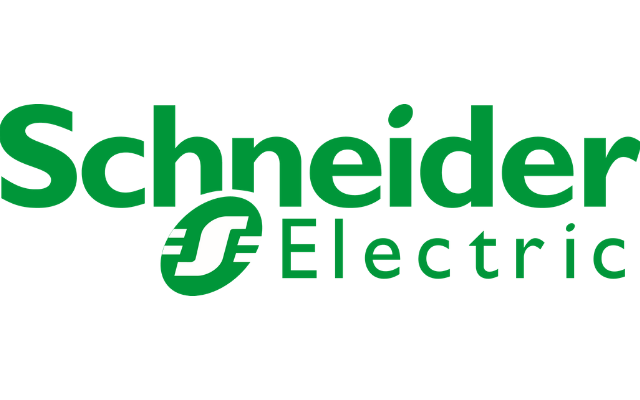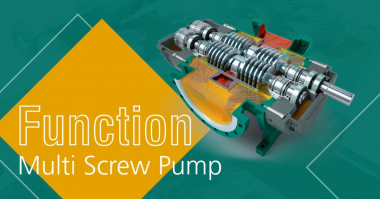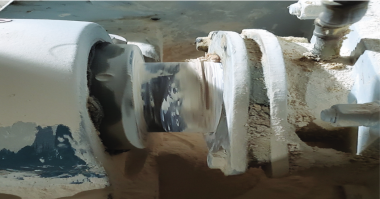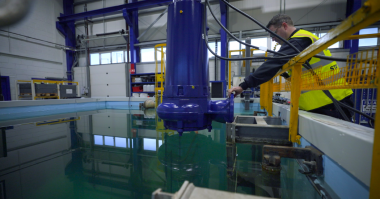Authors: John Conway and Jack Creamer, Schneider Electric
The Industrial Internet of Things (IIoT) is often presented as a revolution that is changing the face of industry in a profound manner. In reality, it is an evolution that has its origins in technologies and functionalities developed by visionary automation suppliers more than 15 years ago. As the necessary global standards mature, it may well take another 15 years to realize the full potential of IIoT. Over this period of time the changes to the industry will be far reaching. The good news is that end users and machine builders can now leverage their existing investments in technology and people while taking advantage of available new IIoT technologies. Introducing IIoT solutions using a “wrap & re-use” approach, rather than a “rip & replace” approach will enable greater business control. In addition, this measured approach will drive the evolution towards a smart manufacturing enterprise that is more efficient, safer, and sustainable.
The emergence of the IIoT megatrend has created both hope and confusion among stakeholders responsible for operating industrial plants. Much of the early hype is focused on the impact of technological advancements on existing automation platforms.
However, one of the challenges in understanding the potential of IIoT is the very large scope of applications. In the area of smart enterprise control, for example, we will see self organizing machines and assets that enable mass customization and lot sizes of one. In the realm of asset performance, the collection and analysis of data from increasing numbers of cost-effective and intelligent sensors will increase business performance and asset uptime. A new generation of “augmented” workers will leverage cutting edge technologies, including mobile devices and augmented reality. With easier access to information across the enterprise, their work becomes simplified and production systems grow more profitable.
Some of these changes can be implemented in the short to medium term, others will require a gradual evolution with end users and OEMs incrementally adding functionality to their existing legacy systems as new international IIoT standards are established.
The IIoT vision of the world is one where smart connected assets (the things) operate as part of a larger system or systems of systems that make up the smart manufacturing enterprise. The “things” possess varying levels of intelligent functionality, ranging from simple sensing and actuating, to control, optimization and full autonomous operation.
The smart manufacturing enterprise is made up of smart machines, plants and operations all of which have higher levels of intelligence embedded at the core. The linked systems are based on open and standard Internet and cloud technologies that enable secure access to devices and information. This allows “big data” to be processed with new, advanced analytics tools and for mobile technologies to drive greater business value. This, in turn, enables improvements to efficiency and profitability, increased cyber security and innovation and better management of safety, performance with reduced CO2 emissions impact.
While the long term impact of IIoT is at times difficult to predict, three distinct operational environments will set the stage for the smart manufacturing enterprise to emerge.
- Smart Enterprise Control – IIoT technologies will enable tight integration of smart connected machines and smart connected manufacturing assets with the wider enterprise. This will facilitate more flexible and efficient, and hence profitable, manufacturing. Smart enterprise control can be viewed as a mid-to-long-term trend. It is complex to implement and will require the creation of new standards to enable the convergence of IT and OT systems.
- Asset Performance Management – Deployment of cost effective wireless sensors, easy cloud connectivity (including WAN) and data analytics, will improve asset performance. These tools allow data to be easily gathered from the field and converted into actionable information in real time. This will result in better business decisions and forward-looking decision making processes.
- Augmented Operators – Future employees will use mobile devices, data analytics, augmented reality and transparent connectivity to increase productivity. As fewer skilled workers are left behind to man core operations due to a rapid increase in baby boomer retirement, younger replacement plant workers will need information at their fingertips. That information will be delivered in a real-time format that is familiar to them. Thus the plant evolves to be more user-centric and less machine-centric.
While these three areas are closely related and share many inter-dependencies, they also have differences. For example the time scales on which they can be implemented and the kind of automation market segment that they address are not the same.
There are two other areas, collaborative robotics and 3D printing, which are also pertinent to the discussion surrounding IIoT, but these are not discussed in this paper as they are specific technologies that cannot be applied to all manufacturing enterprises.
Read Part 2: Smart Manufacturing Enterprise
About the Authors:
John Conway is Schneider Electric’s VP for Strategy & Partnerships. In this capacity, he is responsible for strategic intelligence, strategic planning and merger & acquisition activities for the Industry Business Unit. During his 17 years with the company, he has held a variety of roles, starting out as director of microelectronics key accounts. He then moved into the creation and deployment of automation solution centers in Asia and Eastern Europe before running the Advanced Services and Mergers & Acquisitions activities for Industry. Prior to joining Schneider Electric, John held sales and engineering management positions within the automation divisions of Siemens and Texas Instruments. John has a Bachelor of Science in Mechanical Engineering and a Master of Science in the Design of Machine Systems. He is currently based at Schneider Electric’s Horizon office in Carros, France.
Jack Creamer is Schneider Electric Segment Marketing Manager – Pumping Equipment, based in the United States. Mr. Creamer has more than 30 years in the Electrical Industry, and has been involved for 10 years in the Pumping Industry. He is involved in key industry organizations such as the Hydraulic Institute and Submersible Wastewater Pump Association, where he holds both Committee Chair and Board level positions. In his time in the Pump industry, he has help Schneider create numerous solutions that both enhance pumping efficiency and address issues such as maintenance and downtime.





Comments